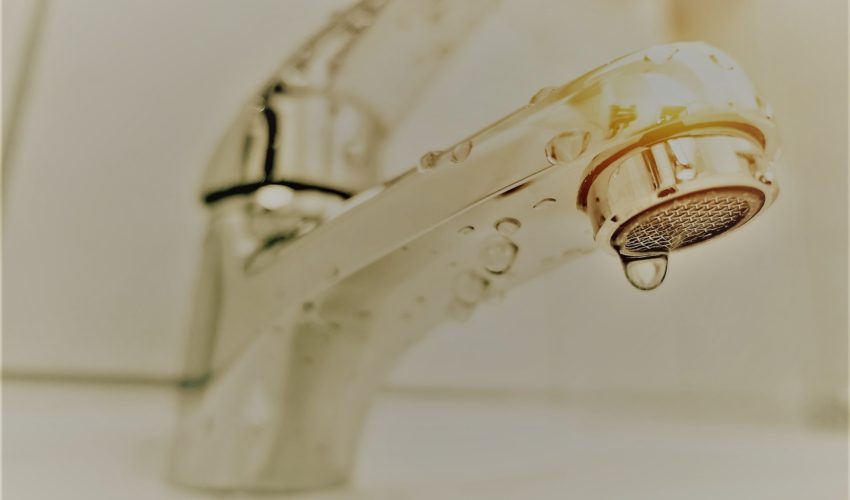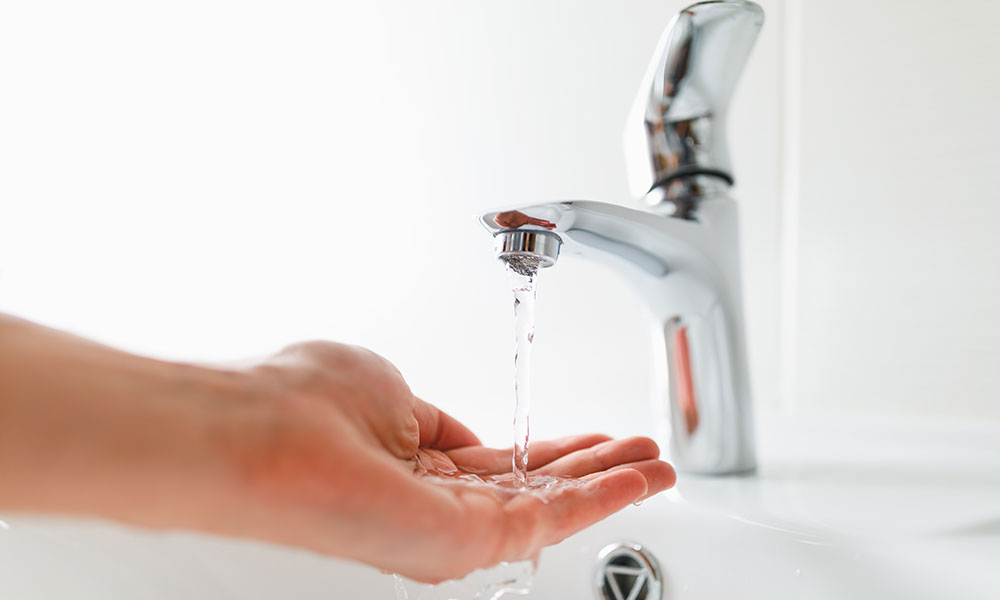This post following next about 9 Reasons for Low Water Pressure in Your House is indeed attention-grabbing. Don't bypass it.

Low tide stress in your home can be an irritating issue, influencing whatever from bathing to washing dishes. If you're experiencing weak water flow, there are numerous possible causes and options to discover. In this overview, we'll discuss common reasons for low tide pressure and useful steps to resolve the problem effectively.
Intro to Low Tide Pressure
Low water pressure occurs when the flow of water from your faucets, showers, and other fixtures is weak than common. This can make daily jobs more challenging and much less effective. Understanding the causes of low water pressure is vital to finding the right solution.
Common Causes of Low Water Pressure
Pipeline Obstructions
Gradually, pipes can come to be clogged with natural resource, debris, or debris, restricting the flow of water. This is a common problem in older homes with galvanized steel pipes.
Rust
Deterioration within pipes can cause leakages and reduced water stress. Rust buildup can restrict water circulation, particularly in maturing plumbing systems.
Faulty Stress Regulators
Pressure regulators are in charge of preserving consistent water stress in your house. If they malfunction, it can result in low water pressure or uneven circulation throughout your house.
Metropolitan Supply Of Water Issues
Sometimes, the trouble exists outside your home. Community water issues, such as main line leakages or upkeep job, can momentarily minimize water pressure in your area.
How to Detect Low Water Stress
Examining Taps and Components
Start by examining the water pressure at various faucets and components throughout your home. If the issue is isolated to certain areas, it may indicate local troubles.
Evaluating Pipelines
Examine noticeable pipelines for signs of leakages, rust, or clogs. Take notice of any type of uncommon noises, such as knocking or rattling pipes, which might show problems within the plumbing system.
Consulting with a Plumber
If you're not able to identify the root cause of low tide pressure, take into consideration employing a professional plumber to carry out a complete assessment. They can identify underlying issues and recommend proper remedies.
Do It Yourself Solutions to Fix Low Water Stress
Cleaning Aerators and Showerheads
Mineral deposits can gather in aerators and showerheads, minimizing water circulation. Get rid of and clean these elements consistently to enhance water stress.
Flushing Hot Water Heater
Sediment build-up in the water heater can limit circulation and lower efficiency. Purging the container occasionally aids eliminate sediment and preserve optimum performance.
Inspecting Stress Regulatory Authority
Guarantee that the stress regulatory authority is working properly. Adjusting or changing the regulatory authority can aid bring back appropriate water stress throughout your home.
Clearing Clogs in Pipes
For minor clogs, attempt using a plumbing snake or chemical drain cleaner to clear obstructions in pipes. Beware when making use of chemicals and adhere to security standards.
When to Call a Professional Plumber
If do it yourself efforts stop working to solve the concern or if you presume considerable plumbing problems, it's finest to look for aid from a qualified plumber. They have the competence and devices to attend to complicated concerns safely and effectively.
Preventive Measures to Keep Water Stress
Regular Maintenance
Arrange routine upkeep for your plumbing system to prevent concerns such as corrosion, leaks, and obstructions. Attending to small troubles early can assist stay clear of more significant repair services in the future.
Setting Up a Stress Booster
Think about setting up a stress booster pump to boost water stress in areas with regularly low circulation. This can be particularly beneficial for multi-story homes or residential or commercial properties with high-demand fixtures.
Surveillance Water Use
Bear in mind water use behaviors and prevent ill-using the plumbing system. Straightforward modifications, such as staggering showers and washing tons, can help preserve appropriate water pressure.
Verdict
Taking care of low water pressure can be discouraging, however determining the underlying reasons and applying proper services can recover optimum flow throughout your home. Whether it's cleaning aerators, evaluating pipelines, or seeking advice from a plumber, taking aggressive actions can ensure a constant supply of water for your daily demands.
FOUR WAYS TO FIX LOW WATER PRESSURE NOW
Turning on a shower or faucet only to find the water comes out in a sad, slow drizzle is never a good feeling. How exactly are you supposed to wash a pan or take a quick shower when it takes 10 minutes just to rinse off a little soap? The good news is that when your water pressure is bad, there's always a cause: typically one that can be easily fixed. Here are some of the most common causes of low pressure and what you can do to fix the issue:
DEBRIS AND MINERAL DEPOSIT BUILDUPS
If you notice low water pressure from just one or two of the fixtures in your house, the problem likely has to do with debris buildup. Water is full of minerals and other debris, all of which can accumulate in your pipes and on your fixtures. This can cause a blockage that affects how much water flows through. To fix this, try filling a small plastic bag with white vinegar, and use a rubber band to hang it around your showerhead or faucet. Let the head of the fixture soak for a few hours, and the vinegar should loosen the deposits.
WATER LEAKS
Leaks are another common cause of low water pressure. If water is flowing out of your plumbing through a hole or crack before it can reach your fixture, the pressure coming out of the faucet or showerhead will be lower. A plumbing professional is your best bet for finding and repairing a leak in your water supply pipes.
Leaks are another common cause of low water pressure. If water is flowing out of your plumbing through a hole or crack before it can reach your fixture, the pressure coming out of the faucet or showerhead will be lower. A plumbing professional is your best bet for finding and repairing a leak in your water supply pipes.
A VALVE ISSUE
If you have low water pressure throughout your home, check your main shut-off valve to make sure it's completely open. You may also want to see if there's a pressure-reducing valve installed. If there is, have a plumber help you adjust the settings to get the pressure you're looking for.
OTHERS USING WATER
Believe it or not, your low water pressure could be caused by your neighbors. If you notice low pressure at certain times of day, it may be because you and the people living next to you have similar schedules - when everyone is showering at the same time, the pressure will be lower in every home. Low pressure throughout the neighborhood may also be caused by an issue with your municipal water supply. If that's the case, call the supplier to see if they're working on the issue.
https://www.rotorooter.com/blog/water-leaking/low-water-pressure-fixes/

I found that review about when surfing around the internet. Feel free to take the opportunity to share this article if you liked it. Kudos for your time. Please come visit our site back soon.
Website
Comments on “Recommended Strategies for Resolving Low Water Pressure in Your Home”